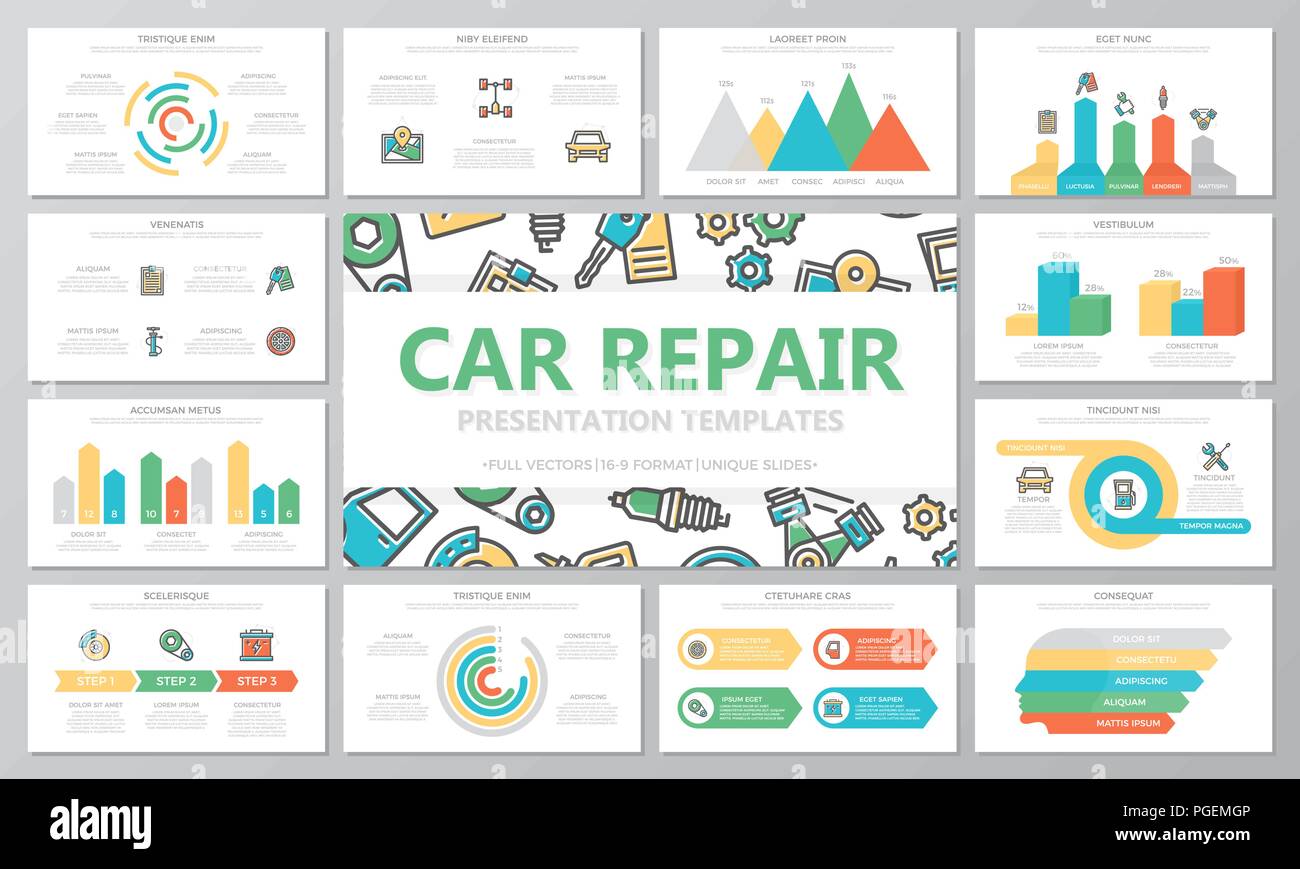Understanding The Significance Of Your Auto'S Warning Signals: What They Actually Stand For
Understanding The Significance Of Your Auto'S Warning Signals: What They Actually Stand For
Blog Article
Material Produce By-Sykes Shepherd
When you lag the wheel, those radiant warning lights on your control panel can be a little bit perplexing. Do you know what they're attempting to tell you concerning your auto's wellness? Understanding the importance of these lights is vital for your safety and the long life of your car. So, Suggested Reading following time among those lights appears, would not you intend to decode its message accurately and take the essential actions to resolve it?
Common Caution Lighting and Interpretations
Determine typical warning lights in your car and understand their significances to guarantee risk-free driving.
One of the most normal warning lights consist of the check engine light, which indicates problems with the engine or discharges system. If this light begins, it's vital to have your lorry examined promptly.
The oil pressure cautioning light indicates low oil stress, calling for instant attention to stop engine damages.
A blinking battery light might recommend a defective billing system, possibly leaving you stranded otherwise dealt with.
The tire stress monitoring system (TPMS) light notifies you to reduced tire stress, impacting lorry stability and fuel effectiveness. Disregarding this can result in dangerous driving problems.
The abdominal muscle light shows a trouble with the anti-lock stopping system, endangering your capacity to stop swiftly in emergency situations.
Last but not least, the coolant temperature level alerting light warns of engine overheating, which can result in serious damages if not dealt with quickly.
Recognizing these usual warning lights will certainly help you address concerns without delay and preserve secure driving problems.
Significance of Prompt Focus
Understanding the typical caution lights in your car is only the primary step; the value of without delay dealing with these warnings can not be emphasized sufficient to ensure your safety and security when traveling.
When a warning light brightens on your control panel, it's your auto's way of communicating a potential concern that needs interest. Neglecting these cautions can cause much more serious troubles later on, endangering your safety and potentially costing you a lot more out of commission.
Motivate interest to cautioning lights can protect against malfunctions and mishaps. For indy detailing , a flashing check engine light might suggest a misfire that, if left unattended, could trigger damages to the catalytic converter. Addressing this without delay can conserve you from an expensive repair service.
Similarly, a brake system warning light might indicate reduced brake liquid or used brake pads, vital parts for your safety when driving.
Do It Yourself Troubleshooting Tips
If you discover a warning light on your control panel, there are a few do it yourself troubleshooting pointers you can attempt prior to looking for professional aid.
The primary step is to consult your automobile's manual to comprehend what the details caution light indicates. Occasionally the issue can be as simple as a loosened gas cap setting off the check engine light. Tightening the gas cap might solve the issue.
An additional common concern is a low battery, which can trigger various cautioning lights. Checking the battery links for corrosion and guaranteeing they're secure may deal with the problem.
If a caution light lingers, you can attempt resetting it by disconnecting the vehicle's battery for a couple of minutes and afterwards reconnecting it. Additionally, checking your vehicle's fluid levels, such as oil, coolant, and brake liquid, can aid repair warning lights associated with these systems.
Conclusion
In conclusion, recognizing your vehicle's warning lights is important for keeping your car running efficiently and securely. By promptly attending to these notifies and knowing what they suggest, you can avoid expensive fixings and possible failures.
Bear in mind to consult your auto's handbook for particular information on each warning light and take action appropriately to ensure a hassle-free driving experience.
Stay notified, remain risk-free when traveling!
